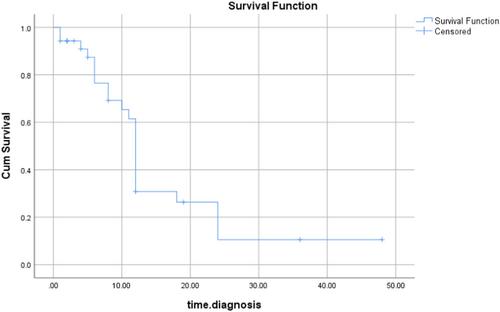Malignant Mesothelioma (MM) is a rare malignancy of the serosa membranes with a high mortality rate and long latent period. The relationship between a group of mineral fibers known as asbestos and mesothelioma is now well accepted in which people can be exposed to these fibers by various means during their lifetime and has been its usage has banned in many countries, such as Iran, which announced its gradual elimination from 1999 over a period of 7 years by using safe substitutes. However, the mineral particles are able to sustain itself in the environment, air, water, and soil and on the other hand, symptoms may take up to half a century to develop in exposed individuals. Also, there remains a shortage of comprehensive investigation on the effects of asbestos exposure within the familial context (household or domestic exposure) or on individuals residing in proximity to asbestos mines or factories (environmental exposure). Based on the high number of MM cases in Iran, and also our hypothesis that residuals of asbestos in the environment and petroleum products may be the etiological factor for MM, we conducted this study to evaluate the clinic epidemiological features of MM in the south of Iran its relation to possible asbestos exposure.
In this study, we analyzed the demographic features and occupations of confirmed cases of MM in Shiraz, southern Iran along with the follow-up of the patients’ disease from 2008 to 2018, while also comparing the features of our patients with a control group compromising of 105 non-MM patients.
Among the 35 confirmed cases of MM, with an average age of 61 years, 9 (25.7%) were female, and 26 (74.3%) were male. During our assessment, 12 patients had already died, with a mean time of 11.26 months post-diagnosis. Our findings revealed a higher prevalence of MM among housekeepers and employees of oil companies. In comparison to the control group, individuals with occupational exposure and those residing near refinery locations were at a heightened risk of developing MM. However, based on regression analysis, only occupations associated with refineries exhibited a significant correlation with MM (p = 0.028; OR: 14.602; 95% CI: 1.328–160.499).
Both occupational and para-occupational exposure demonstrated a significant correlation with MM, whereas our regression analysis did not affirm geographical and environmental factors as contributors to MM. Despite the industry's prohibition of direct asbestos usage, the persistent existence of asbestos particles in the environment for decades, coupled with the long latency period of MM, warrants further investigation. Health authorities and policymakers should recognize this potential hazard, prompting an enhancement of early detection within at-risk groups.



